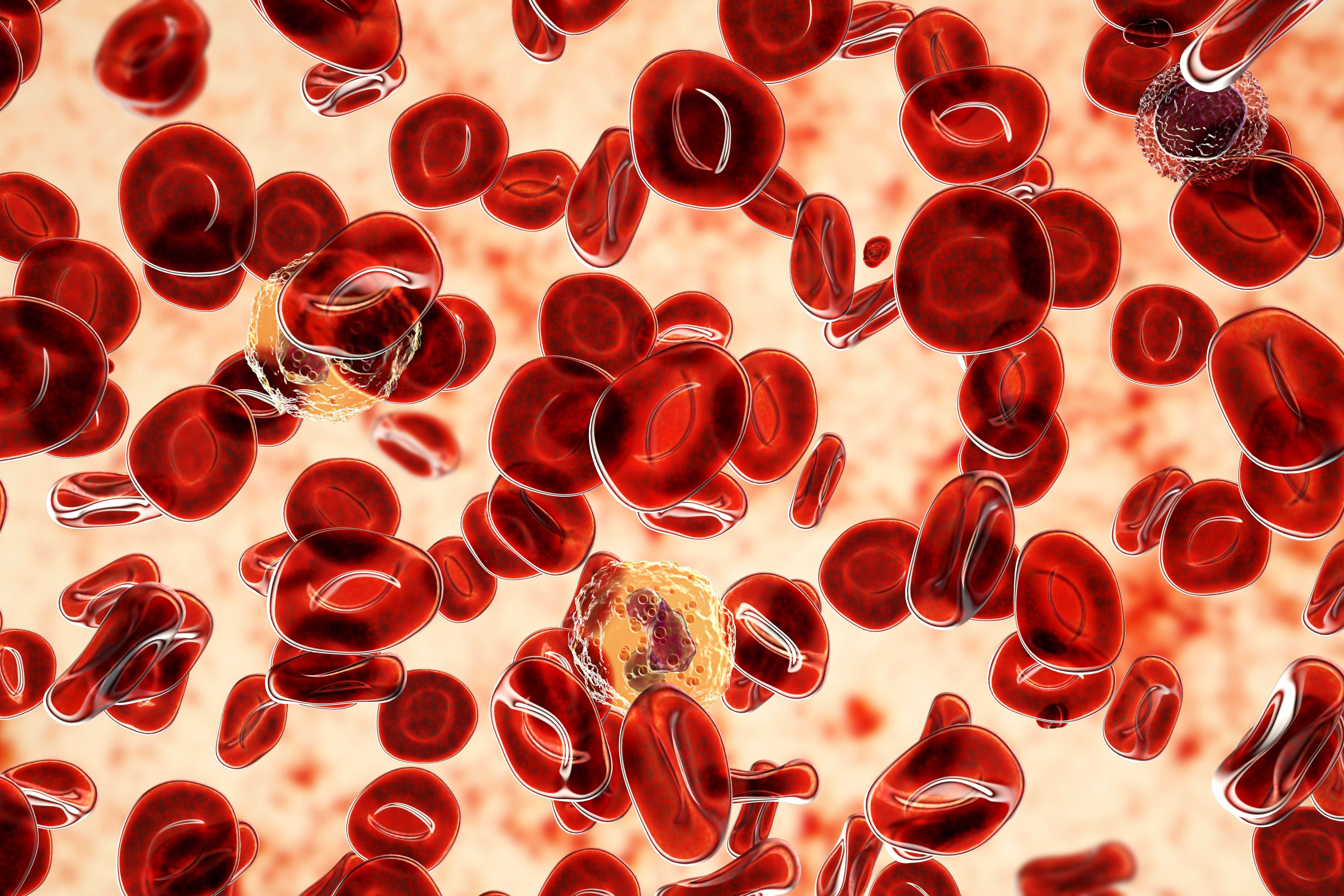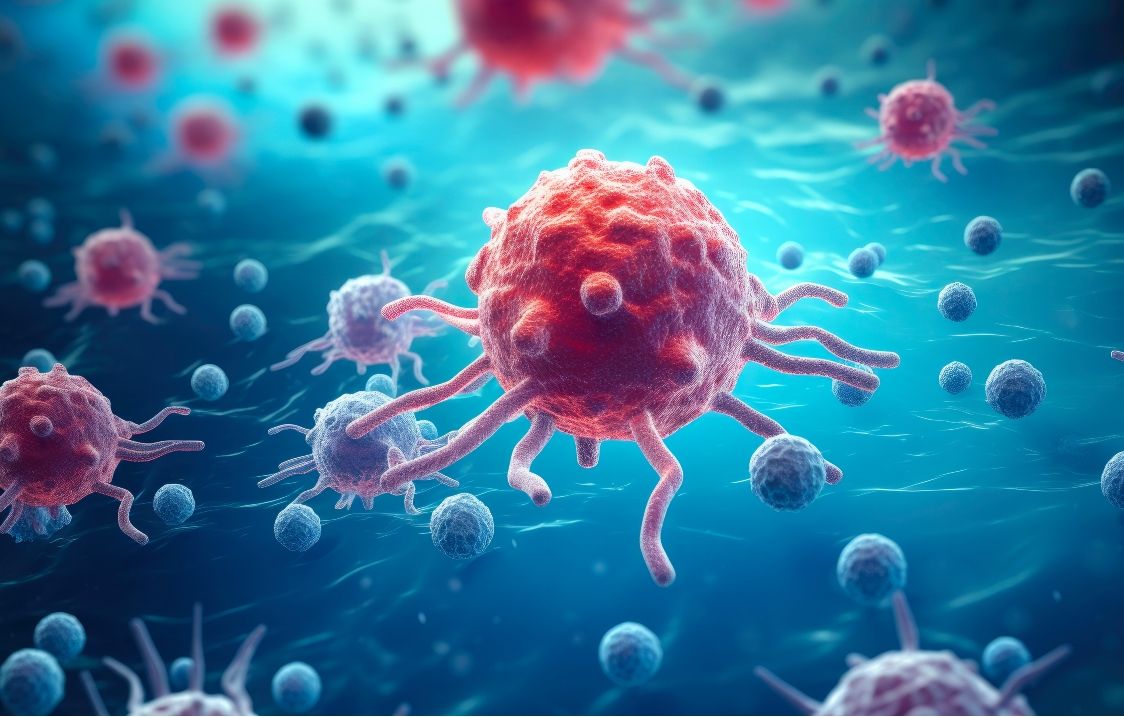Article
Higher Mortality Seen Among HSCT Recipients Who Contract COVID-19
Author(s):
Recipients of hematopoietic stem-cell transplantation (HSCT) who develop coronavirus disease 2019 (COVID-19) may be predisposed to a greater mortality rate if they meet certain disease criteria.
Recipients of hematopoietic stem-cell transplantation (HSCT) who develop coronavirus disease 2019 (COVID-19) may be predisposed to a greater mortality rate if they meet certain disease criteria, according to research findings in The Lancet Haematology.
The primary outcome in this study, undertaken by the Center for International Blood and Marrow Transplant Research, was 30-day overall survival (OS). Data were captured on all patients who underwent HSCT (N = 318; allogeneic, n = 184; autologous, n = 134) and were reported between March 27 and August 12, 2020, who received a COVID-19 diagnosis. Kaplan-Meier estimates were used to assess OS and Cox proportional hazard models for factors that increase COVID-19–related mortality among these patients. Patients were from the United States, Canada, Europe, Central/South America, and the Middle East/Africa.
“Haematopoietic stem-cell transplantation recipients are considered at high risk of poor outcomes after COVID-19 on the basis of their immunosuppressed status, but data from large studies in HSCT recipients are lacking,” the authors stated.
Allogeneic HSCT recipients had a 26% shorter median (interquartile range [IQR]) time to COVID-19 diagnosis compared with autologous HSCT recipients, 17 (IQR, 8-46) vs 23 (IQR, 8-51) months, along with a 16% shorter median follow-up, at 21 (IQR, 8-41) vs 25 (IQR, 12-35) days. Eighteen percent of the former received immunosuppression in the 6 months leading up to their COVID-19 diagnosis.
An overall 14% of patients (15%, allogeneic; 13%, autologous) had severe COVID-19 cases requiring mechanical ventilation.
For the primary outcome of 30-day OS, 68% (95% CI, 58%-77%) of allogeneic HSCT recipients—33% of whom had grade 2-4 acute graft-versus-host disease before COVID-19 diagnosis—and 67% (95% CI, 55%-78%) of autologous HSCT recipients were likely to be alive. Median COVID-19 duration was shorter among the allogeneic HSCT cohort than the autologous HSCT cohort: 14 (IQR, 7-31) vs 19 (IQR, 11-31).
Among the 22% allogeneic HSCT recipients and 19% of autologous HSCT recipients who died, COVID-19 was the primary cause of death, at 93% and 76%, respectively.
Additional analyses revealed the characteristics that predispose each patient group to higher mortality from comorbid COVID-19, with allogeneic recipients having more risk-related characteristics vs autologous recipients:
- Allogeneic HSCT:
- Aged 50 or older (HR, 2.53; 95% CI, 1.16-5.52; P = .020)
- Male sex (HR, 3.53; 95% CI, 1.44-8.67; P = .006)
- COVID-19 diagnosis in the year after transplantation (HR, 2.67; 95% CI, 1.33-5.36; P = .005)
- Autologous HSCT:
- Lymphoma disease vs plasma cell disorder or myeloma (HR, 2.41; 95% CI, 1.08-5.38; P = .033)
The authors note that older age is linked to worse outcomes among patients with COVID-19, but that HSCT recipients who contract it are younger, “probably representing the additional burden of toxicity among HSCT survivors.”
“Our data show a high risk of death even in patients who were more than a year from transplantation and patients not receiving immunosuppression,” they conclude. “These data underscore the need for more stringent surveillance and preemptive measures for all HSCT recipients.”
Because of study limitations that include missing data, short patient follow-up, and small study group, the authors encourage further study on how treatment affects patient outcomes and possible coinfections, along with further stratification of mortality risk factors.
Reference
Sharma A, Bhatt NS, St Martin A, et al. Clinical characteristics and outcomes of COVID-19 in haematopoietic stem-cell transplantation recipients: an observational cohort study. Lancet Haematol. Published online January 19, 2021. doi:10.1016/S2352-3026(20)30429-4





